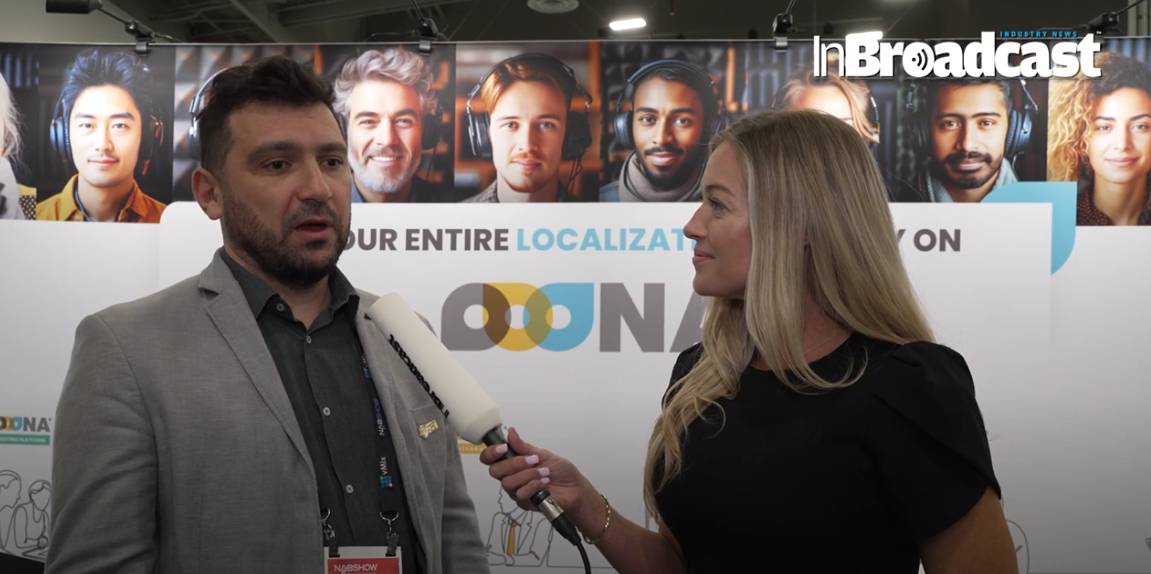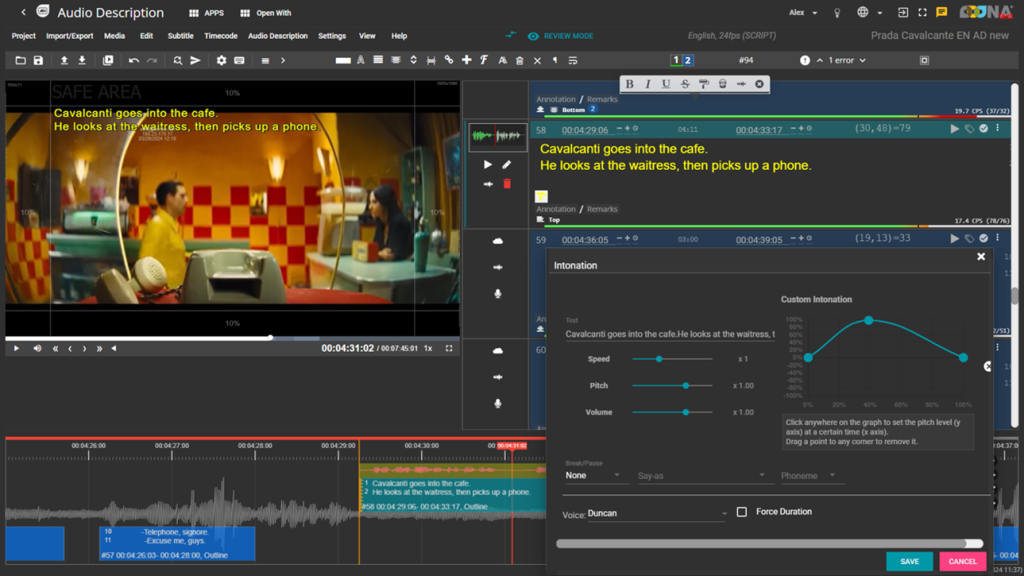
As published in InBroadcast, April 2024 Edition
The media industry today is experiencing a transformative phase, primarily driven by connectivity and artificial intelligence. These elements are key to enhancing automation and fostering innovation within the sector. AI technologies are used to enable swift content adaptation on a global scale, while application programming interfaces facilitate seamless communication and data exchange between platforms and systems forming the backbone of this transformative journey.
In response to the rising consumer demand for content access across a variety of devices and platforms, media organizations and broadcasters are embracing advanced cloud-based infrastructures of connected technologies. The latter allow them to efficiently manage their complex supply chains and provide a coordinated experience for the end customer. Such technologies are instrumental in optimizing operational processes, reducing repetitive manual labor and scope for error, and ensuring the swift and proficient creation, localization and distribution of content. Within this interconnected framework, APIs ensure a smooth flow of data and functionalities across various software applications and systems, effectively bridging the gap between different technological components.
Over the last year, OOONA has invested considerable effort to broaden its enterprise API integrations. This allows OOONA’s technology to integrate effortlessly with prevalent systems and platforms within the media and broadcast sector, facilitating essential workflow automation. The APIs currently available span many of OOONA’s leading solutions and tools, with more to come:
“The integration of OOONA’s API is a strategic enhancement that directly caters to this demand, offering our users a significant leap in operational efficiencies and workflow cohesion.” – Paulette Pantoja, CEO of Blu Digital Group, Inc. (https://bludigitalgroup.com)
AI applications in media are creating a paradigm shift in how content gets created, localized and delivered to global audiences. One of its primary applications is in content localization where language technologies are being leveraged in production workflows. Automatic speech recognition, machine translation and text-to-speech (speech synthesis) are used by media localizers to address market challenges and achieve the time and cost savings content owners are asking for.
Speech recognition and synthesis have been used for over two decades to make content more accessible to the hearing- and visually impaired. Increasing improvements produce cleaner and more natural output for a growing number of content types and help introduce novel service offerings. They can thus empower content creators to broaden their reach, for example by incorporating accessibility features like closed captions and audio descriptions in any of the world’s languages, thereby promoting inclusivity and diversity.
The integration of machine translation in broadcast media is a newer development, gaining significant traction since the advent of neural MT and its adoption by streaming platforms like Netflix. As the technology matures, it can pave the way for more democratic access to media, enabling scalable and hyper-localized content production in an array of global languages and dialects. This shift ensures that previously unlocalized content can now reach a worldwide audience, breaking down linguistic and cultural barriers.
The development and adoption of language technologies have been accelerated by the global market’s reaction to recent economic downturns, coupled with a consistent requirement to localize extensive volumes of content beyond the capabilities of traditional workflows. Language service providers are under pressure to achieve the ‘speed, price, quality’ trifecta without sacrifices. Consequently, many are shifting towards hybrid models where language technologies are integrated via APIs in platforms like OOONA’s with human-in-the-loop workflows to deliver benefits such as cost efficiency, faster time to market, and also scalability, accessibility and personalization.
OOONA has taken the market lead in harnessing the power of AI to provide innovative solutions for localization workflows. Not only is it integrating popular and media-specialized speech recognition, machine translation and text-to-speech engines into its vast array of tools, it also offers such integration upstream, directly in its media localization management platform.
In the OOONA Integrated platform, AI is regarded as an available resource to be selected in any given workflow. Once a video asset is available on the platform, it can be subtitled in the source audio language by a professional or by one of the available ASR engines. The same goes for any translation or recording task where a synthetic voice can be used instead of voice talent – audio description being an obvious use case. Such automation can carry on to post-editing by a professional with the relevant qualifications if the workflow envisages such a step. Once an AI-enabled workflow is set up, task initiation and succession take place in an automated manner and the completion of each step automatically triggers the next one in the process with the relevant resource notified.
Several ASR, MT and TTS engines have already been integrated and can be accessed through the OOONA user interface. As client demand for these technologies increases, OOONA plans to prioritize user feedback in further development efforts. This means integrating any AI engine and any interface functionality that users request. Given the rapid advances in language technology development and the competitive landscape among the different engines, selecting the best one for a specific task and language at any given time can be crucial to localization workflows. To address this, OOONA offers flexible AI bundles for purchase, allowing users to deploy them as needed on any integrated ASR, MT or TTS engine.

User interface for post-editing synthetic voices on OOONA
In conclusion, the convergence of artificial intelligence and advanced connectivity is catalyzing a profound transformation in the media industry. OOONA’s commitment to broadening its enterprise API integrations exemplifies the industry’s dedication to embracing technological advancements. AI applications are revolutionizing content localization, introducing efficiencies and opportunities for scalability, inclusivity and personalization that transcend traditional boundaries. As we look ahead, the strategic integration of AI and APIs will undoubtedly herald a new chapter in how we create, adapt, access and consume media.
We thought that you would be interested in reading these articles:
We offer an end-to-end, secure, tested, scalable, online solution for the design and execution of any media localization project and for any team size.







t
t